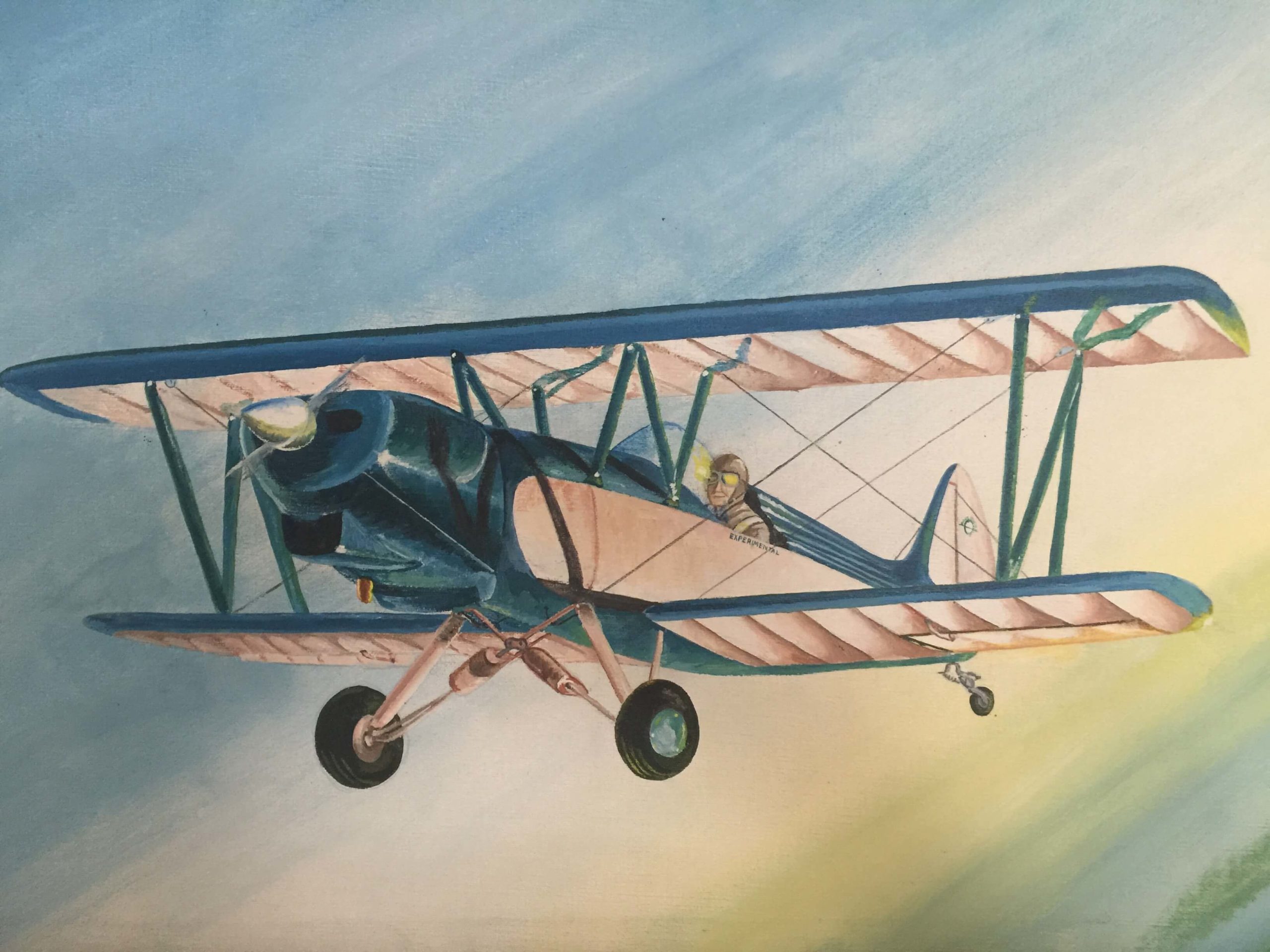Exciting First Steps!
The beginning is the most important part of the work. -Plato
The journey of a thousand miles begins with one step. Lao Tzu
It has begun! After:
- the initial transport from my hangar to the EAA workshop last July,
- collecting of plans,
- Oshkosh,
- coordinating work teams,
- the fall fly-in season and the holidays,
…actual work has begun on the EAA biplane! There has been a lot of “visiting” the project where it sits in the workroom of the local EAA Chapter. Many questions, opinions and ideas shared, but this month we picked up tools, sandpaper and began the work.
When embarking on a major project, three things must be defined:
- Have a clear vision of the end product. Stephen Covey put it like this: “Begin with the end in mind”.
- Define your “why”. This is essential, if not at the beginning when energy and excitement is high, but for those moments or seasons when the going gets rough, long or just plain frustrating.
- Define the next one to three steps.
Exciting First Steps – The Why
In the case of this project there are several “why” layers. First, for me it is personal as I have written before. I do not expect the others involved to have this as their “why”. They know and understand this as my primary “why”, which adds a dimension to the project, but this “why” is my own.
Second, expanding it beyond my “why” allows others to participate, and find their own “why”. It is a good local EAA project to continue building an original EAA design, so it meets a chapter’s raison d’être.
Third, at some point, we will get some younger folks involved. This too, is a local EAA chapter mission: to inspire the next generation into aviation at a grass root level. This project will not use a lot of “new” technology. Basic tools, plans and the combined knowledge and skills of the elders will be employed. A great forum in which to pass on these elements to the youth.
Fourth, member participation and contribution. Some a bringing specific skills and backgrounds: all aspects of engineering, operations and management. Others are here to learn and gain confidence to build their own airplanes, Others have projects that have stalled and need inspiration to get moving again or need to expand their skill set to continue.
And to my last “why”: Daddy would have loved all of the above “whys”. He enjoyed sharing wisdom, especially those younger than he. The fact that this biplane is a platform to do so would make him smile.
Exciting First Steps – Two Teams
 The biplane structure includes both wood and metal materials. Thus, the Chapter has formed two teams for the initial stage, one to focus on wood components and the other metal. The wood component team has begun in earnest.
The biplane structure includes both wood and metal materials. Thus, the Chapter has formed two teams for the initial stage, one to focus on wood components and the other metal. The wood component team has begun in earnest.
So far, there has been an initial comparison of existing components to the plans and an inventory and what needs to be done. The viability of what is here is being scrutinized by a combined pool of experts. Although difficult to face, there are issues:
- AIt seems the ailerons that dad had built are not in good shape, and at least one of the spars is water stained. This may have compromised the wood. This damage occurred during period of time when the project was stored in less than watertight shed.
- Most of the existing wood joints will need to be re-glued with epoxy. The glue Daddy used was standard at the time, but has dried out. Although the joints seem tight, with only nails holding them, they would not hold with the forces at play in flight.
- An additional six long and six short wing ribs are needed as well as most, if not all, of the aileron ribs. Thankfully, there are many hands to get these done.
Next steps for the Wood Component Team:
- Build a new wing rib and aileron rib jigs so additional ribs can be built
- Clean up existing wood components using 400 grit sandpaper – a light sand to remove dust and some surface mildew
- Re Glue the joints and replace the mahogany wood grommets.
- Order building materials. Although we are using much of what exists, some wood components had water stains and others brittle over time.
Safety first – no compromise.
On the other hand, I have already begun to envision how the components not useable in the project might be re-envisioned. Stand-by for some awesome biplane repurposed art pieces this summer!
How have you used the “first steps” approach to major projects in your life? Share in the comments section.
Be sure to subscribe to get updates on this and other topics of Faith, Family, Flight and Foundations.
